Sex addiction may soon be an official clinical diagnosis in the forthcoming Diagnostic and Statistical Manual of Mental Disorders (DSM-5), and a new study tests the reliability of the proposed criteria for diagnosis.
The findings of the study, published in the Journal of Sexual Medicine, are likely to influence whether hypersexual disorder officially makes it into the next edition of the "psychiatric bible."
Overall, the diagnostic criteria proposed by the DSM-5 Work Group on Sexual and Gender Identity Disorders demonstrated "high reliability and validity when applied to patients in a clinical setting among a group of raters with modest training on assessing HD [hypersexual disorder]," the University of California, Los Angeles, researchers wrote in the study.
"The results lead us to believe that the proposed criteria tend not to identify patients who don’t have problems with their sexual behavior," study researcher Rory Reid, assistant professor of psychiatry at the UCLA Semel Institute of Neuroscience and Human Behavior, said in a statement. "This is a significant finding since many had expressed concerns that the proposal would falsely classify individuals."
Researchers conducted the study on 207 people who are already patients at mental health clinics because of psychiatric issues, sexual behavior or substance abuse problems. Of those people, researchers found that the criteria proposed to be included in the DSM-5 was able to correctly diagnose the condition in 93 percent of the people when screened for hypersexual disorder.
Many of the people who fit the diagnostic criteria participated in behaviors like masturbation, cybersex, consensual sex and excessive pornography, as well as sex with sex workers, sex with anonymous partners, multiple affairs and having 15 sex partners, on average, over the past year.
According to the proposed criteria, in order for people to be diagnosed with hypersexual disorder, they must have a period of six or more months where they have constant behaviors, urges or fantasies related to sex. These sexual behaviors and urges must not be related to some other condition -- mental or otherwise -- or substance abuse.
In addition, the proposed criteria states that there has to be a pattern of the person using sex as a response to depression, stress or other negative moods or states, the researchers said.
And "as with many other mental health disorders, there must also be evidence of personal distress caused by the sexual behaviors that interfere with relationships, work, or other important aspects of life," Reid added in the statement.
For example, researchers found that people who ended up meeting the diagnostic criteria for hypersexual disorder experienced many negative side effects of their sexual behaviors. Specifically, 17 percent said that they'd experienced job loss, 28 percent said they'd gotten an STI, 39 percent said they've experienced the end of a relationship and 78 percent said that healthy sex had been interfered with by their behavior.
Researchers also found that many of those who fit the diagnostic criteria for hypersexual disorder had a sense that something was out of the ordinary at the young age. More than half were aware they had a problem before they even reached age 18, while nearly a third knew it was a problem during young adulthood.